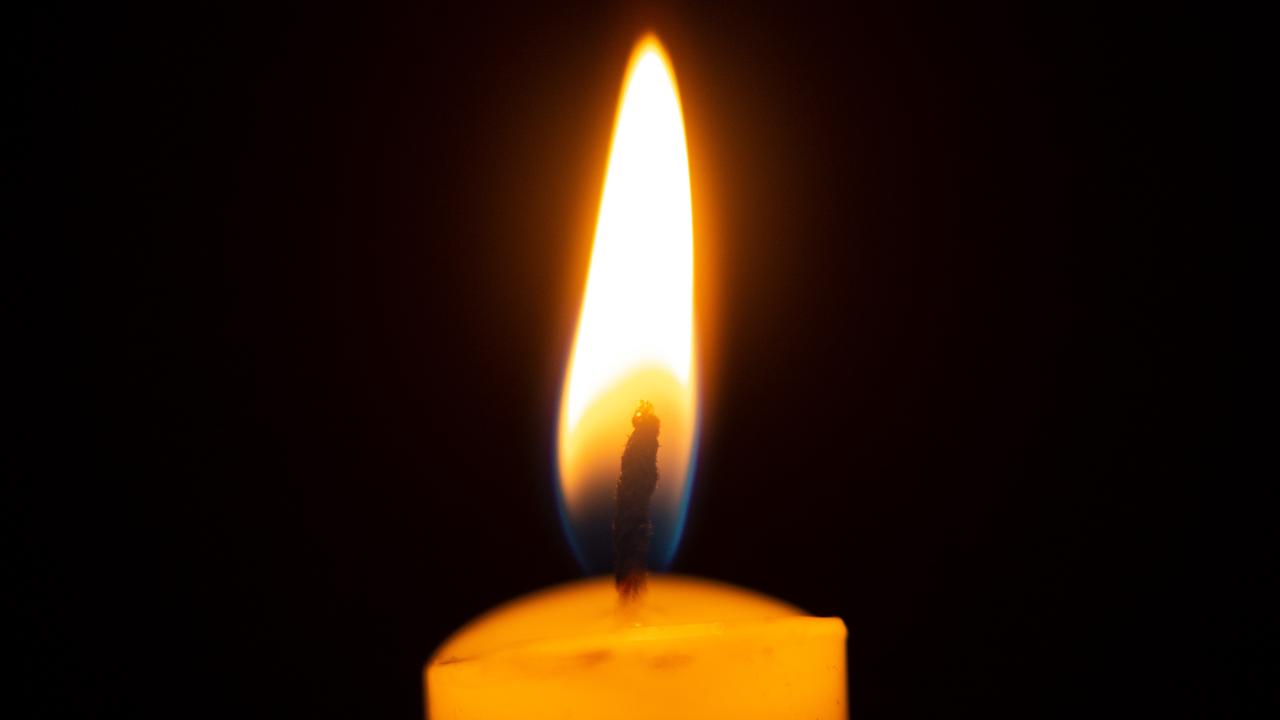Australia’s imperative to fight in World War II
JUST two decades after the horrors of WW1, Australia followed Britain into another, even more brutal, overseas conflict. Why?
At the centenary of the outbreak of World War I, it is easy to forget that 2014 is also a significant anniversary in regard to its even more horrid successor – the Second World War, which commenced (for Australia at least) on 3 September 1939.
On September 1, in response to Hitler invading Poland, Britain declared war. Almost exactly 25 years after the commencement of the Great War, Europe plunged once more into the abyss.
IF THE ENEMY ATTACKS, WEAR SLACKS: How to survive a Japanese invasion
Given Australia’s sufferings in World War I, with 60,000 dead, another 150,000 wounded and its social cohesion severely damaged, it might be expected that from half a world away, Australians might have chosen to sit the second one out, to leave the Europeans to it.
For Australians contemplating their war history, an obvious question is, therefore, given the experience of World War I, why did we join so readily again in 1939? And how was the commitment to the war maintained for the duration, with few signs of the dissent and division that racked Australia in the Great War?

Perhaps the first factor to note is that the strategic situation for Australia in 1939 had changed little from 1914. Australia was still heavily reliant in Britain for its defence and trade and still looked to Britain to protect it from perceived Asian aggression. For Australia contributing to British defence needs was simply “part of the deal”.
Sentimental also remained strong. Australia was still part of the British Commonwealth, still regarded Britain as the motherland.
As the war progressed other factors also came into play. After the initial flushes of enthusiasm has passed, it was possible to see World War I as a pointless war of attrition that would be better resolved through peace talks.
HOW WE WERE DRAGGED IN THE FIRST TIME: The five key steps to WW1
But in World War II the evils of Nazism were readily apparent. They were conducted unrestrained aggression, genocide, terror bombing, and the violent repression of subject civil populations. Nazism was a dramatic threat to Western ideals of democratic liberal humanism.
The obvious need to fight was further emphasised by the entry of Japan into the war in December 1941. This was the Australian nightmare – its best troops overseas, Britain largely unable to help, and a rampant Japan on the move southwards.
Unlike in World War I, Australia in World War II faced direct aggression, attacks on its shores, and the perceived possibility of invasion. Only a few questioned the need for an all-out war effort under such circumstances, and as the war’s tide turned in 1942 and 1943, it was obvious that such efforts were being rewarded.

The largely agreed need to crush Nazism and Japanese aggression also made it considerably easier to maintain the years-long war effort in World War II than its predecessor.
Economic conditions were also much different, and Australians suffered little of the economic hardship in World War II that they had been dogged by in its predecessor. World War I resulted in double-digit unemployment rates; in World War II there were constant labour shortages.
The casualty toll was also considerably lighter. In round terms, Australian lost 60,000 dead in World War I from a population of five million. But in World War II the per capita rate, with some 30,000 deaths from a population of about 8 million, was approximately half.
The experience of World War I made a significant difference to Australians’ attitudes to war. But the strategic, sentimental and moral imperatives were so powerful that to remain neutral in World War II was never a realistic option.
Associate Professor Martin Crotty teaches History at The University of Queensland
Originally published as Australia’s imperative to fight in World War II


